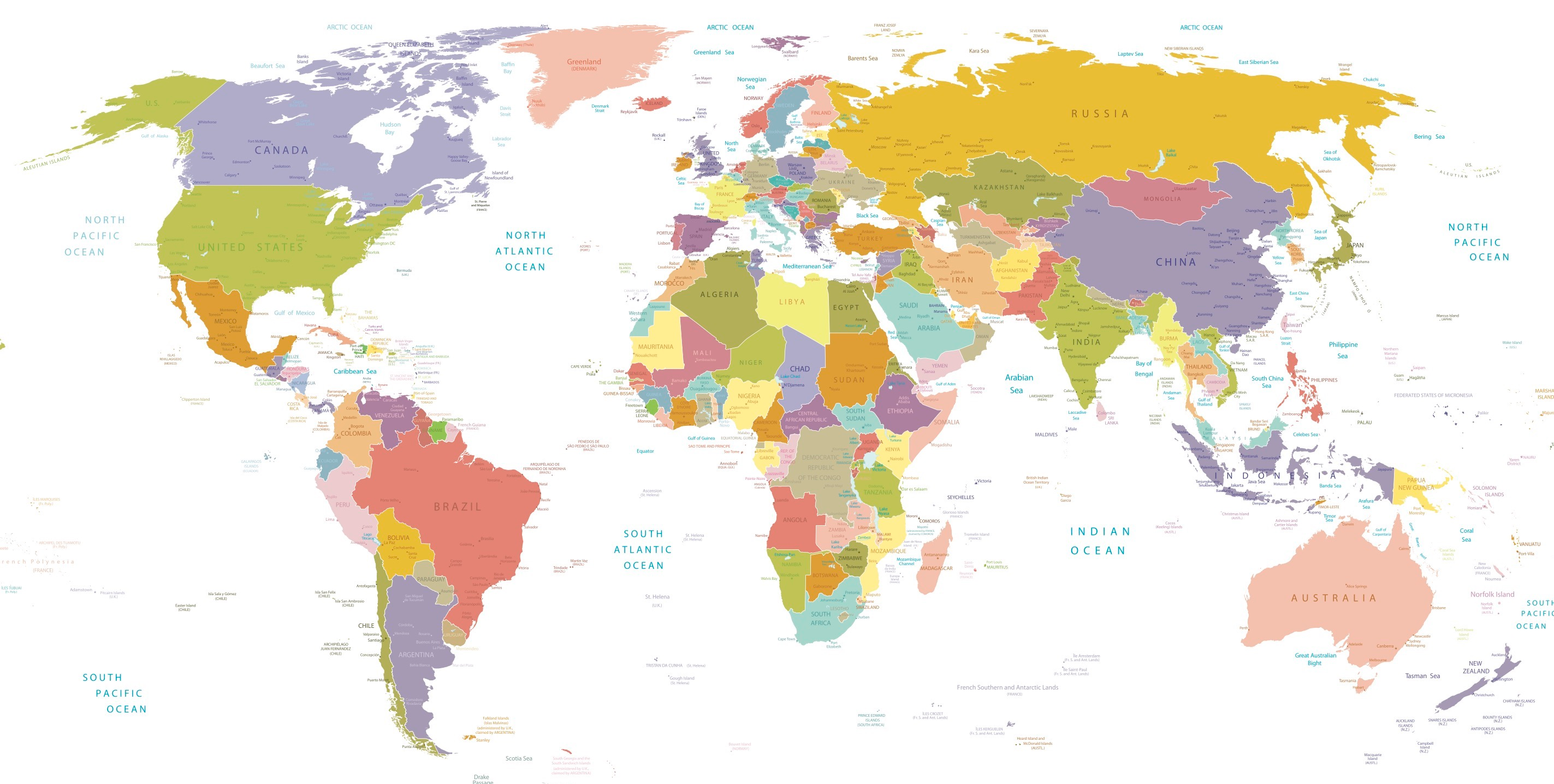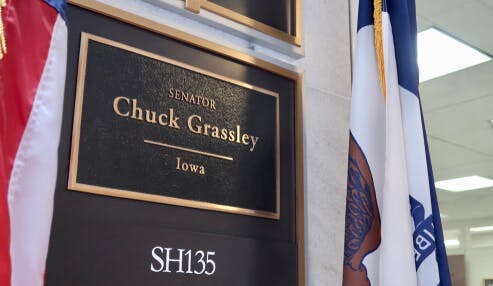The Fairness For High-Skilled Immigrants Act of 2020 (S-386) has passed the Senate by unanimous consent. The amended bill returns to the House of Representatives for review and vote. If it were to become law as is, the removal of country caps would benefit the oldest Chinese EB-5 applicants and cause anyone filing a new I-526 petition to enter a queue for conditional permanent residency as long as eight or nine years, according to EB-5 expert Suzanne Lazicki.
Background of the bill
A version of the (S-386) bill previously passed in the House of Representatives by a 365-65 vote, in July 2019. However, as the current version of the bill has substantive changes from the one passed by the House, the House and Senate would have to negotiate a final version before it would be sent to the President. The current Congressional session will likely end December 18, 2020 and if the bill is not passed by then, it would have to be reintroduced in the new Congress.The bill has been in Congress, in one form or another, since 2011, and if passed would eliminate the huge backlog of Indian IT professionals. In July 2020, U.S. Senator Mike Lee stated to the Senate that the backlog for an Indian national to get a Green Card would currently result in a wait of more than 195 years.EB-5 business-plan writer and processing expert Suzanne Lazicki observes that the focus of the bill wasn’t on the immigrant investor program: “The bill’s EB-5 impact is apparently an almost accidental and little noticed side effect. But the EB-5 impact would indeed by earthshaking.”
The bill’s impact on EB-5
The bill removes country-cap limits for all employment-based visas. Current law provides for an average of 10,000 EB-5 visas per year globally, with no country being allotted more than 7% of the total visas, unless the annual allocation has unclaimed visas, in which case they are issued to the longest-waiting EB-5 petitioners, regardless of country. Right now, there is no wait time for applicants from countries that use less than 7% of their visa quota.Removing country caps in EB-5 would be monumental as it would mean that the longest-waiting petitioners, regardless of country, would receive Green Cards first. This bill offers a massive benefit to the Chinese applicants who filed their I-526 petitions in the 2014-2017 period as they would receive priority over anyone filing after them.
Wait times for new EB-5 applicants
Lazicki makes an educated guess as to what this would mean in practical terms. Combining the known numbers of global EB-5 applicants at the National Visa Center (49,063) with her estimated number of applicants with petitions on file with USCIS (33,940) she surmises there is about 83,000 total EB-5 applicants at the moment. When divided by a yearly total of 10,000, that means a wait time of about eight years for a new applicant (who would go to the back of the line, regardless of their country of origin).Note that this doesn’t factor in the extra family-based visas given to EB-5 in 2021, and it does not account for petitioners who would voluntarily exit the program due to an extended wait.
Wait times for non-Chinese applicants already in line
For EB-5 petitioners already in line, Lazicki tells us that the majority of the roughly 57,000 Chinese applicants comprising the backlog would jump ahead in the wait for a Green Card due to the fact that most Chinese applicants filed their petitions three to five years ago.
If enacted, when would the law become effective? Should potential investors file quickly?
If the amended bill were to pass the House and receive a presidential signature, it would become effective “the first day of the second fiscal year beginning after the date of enactment.” Thus, if passed today, it would become effective October 1, 2022. Of prime importance, if the bill became law, such a delay would benefit any EB-5 investor who can get their I-526 filed before that date.
What’s next?
Again, this bill needs House and presidential approval to become law.California representative Zoe Lofgren, Chair of the House Immigration and Citizenship Subcommittee and author of the original Fairness for High-Skilled Immigrants Act (FFHSIF) bill, shared her thoughts on the amended bill:“While I recognize the sincerity of all Members and Senators struggling to find solutions, unfortunately the provisions sent to the House by the Senate yesterday most likely makes matters worse, not better. I plan to swiftly and thoughtfully work with my colleagues to resolve outstanding issues and get a measure across the finish line that can pass both Houses of Congress.”The idea that the bill needs work is supported by the American Immigration Lawyers Association (AILA) that views the amended bill as having “significant” differences. As such, it remains hard to divine how the bill might look after passing both Houses.And AILA sees the timeline for the bill as uncertain: “Given the number of priorities that the new Congress will be facing, including appropriations, COVID-19 relief, as well as other important immigration issues, it is unclear how the passage of the Fairness for High-Skilled Immigrants Act will be prioritized.”While it may not be a top priority for Congress, the EB-5 world awaits the outcome of what could be industry-redefining legislation.See Lazicki’s blog “Fairness for High-Skilled Immigrants Act” See latest bill S.386 text





